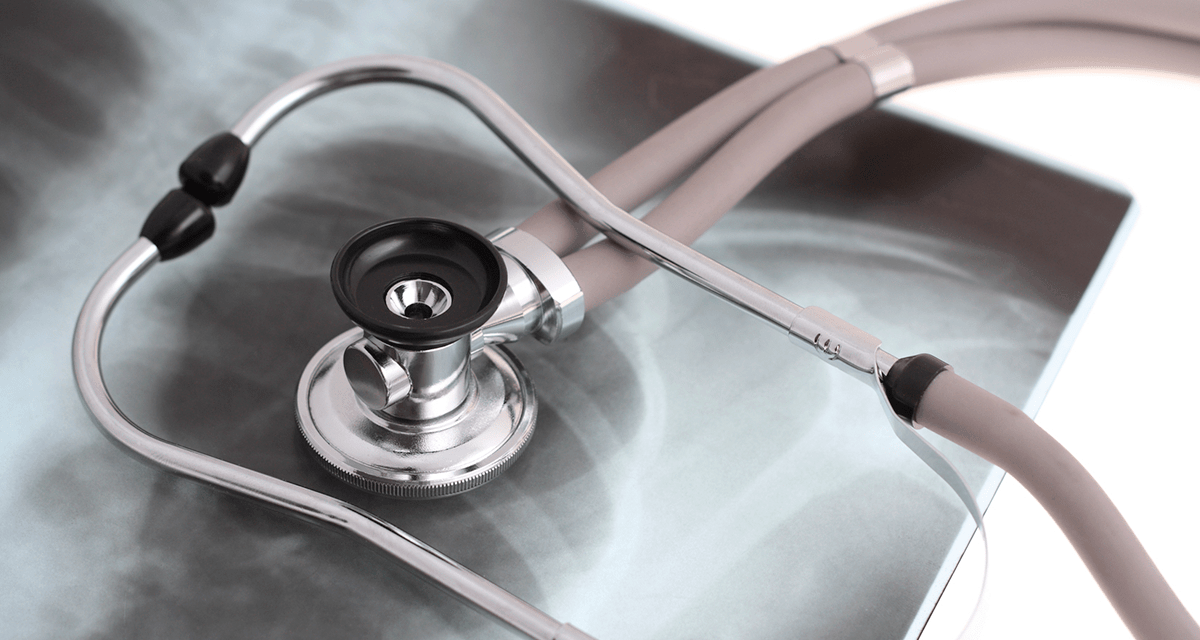For a study, it was determined that obesity was discovered in 35% of the population over the age of 20. One of the most frequent disorders among obese people was obstructive sleep apnea (OSA). Weight loss not only alleviated OSA but also protected against other obesity-related problems. Bariatric surgery was used to help severely obese individuals lose weight. One of the requirements for bariatric surgery was an OSA screening. Researchers wanted to determine the prevalence of OSA and identify factors among New York City’s multiethnic bariatric surgery patients.
They looked back at the records of 749 bariatric surgery candidates who were referred in 2015. About 258 participants underwent polysomnography among the total number of patients in the research. The P-value was computed using the t test when the data was evaluated. The end result suggested that males (72.7%) were more likely to suffer from OSA than women (41.37%). Furthermore, the normal group was more likely to have symptoms including snoring, daytime weariness, and witnessing apnea or choking. The difference in neck circumference, BMI, and the Epworth Sleepiness Scale was statistically significant (P<0.05) between the two groups.
Anthropometric assessments were more helpful in diagnosing OSA than symptomatic queries addressed during the examination of morbidly obese patients awaiting bariatric surgery, according to the final finding.


